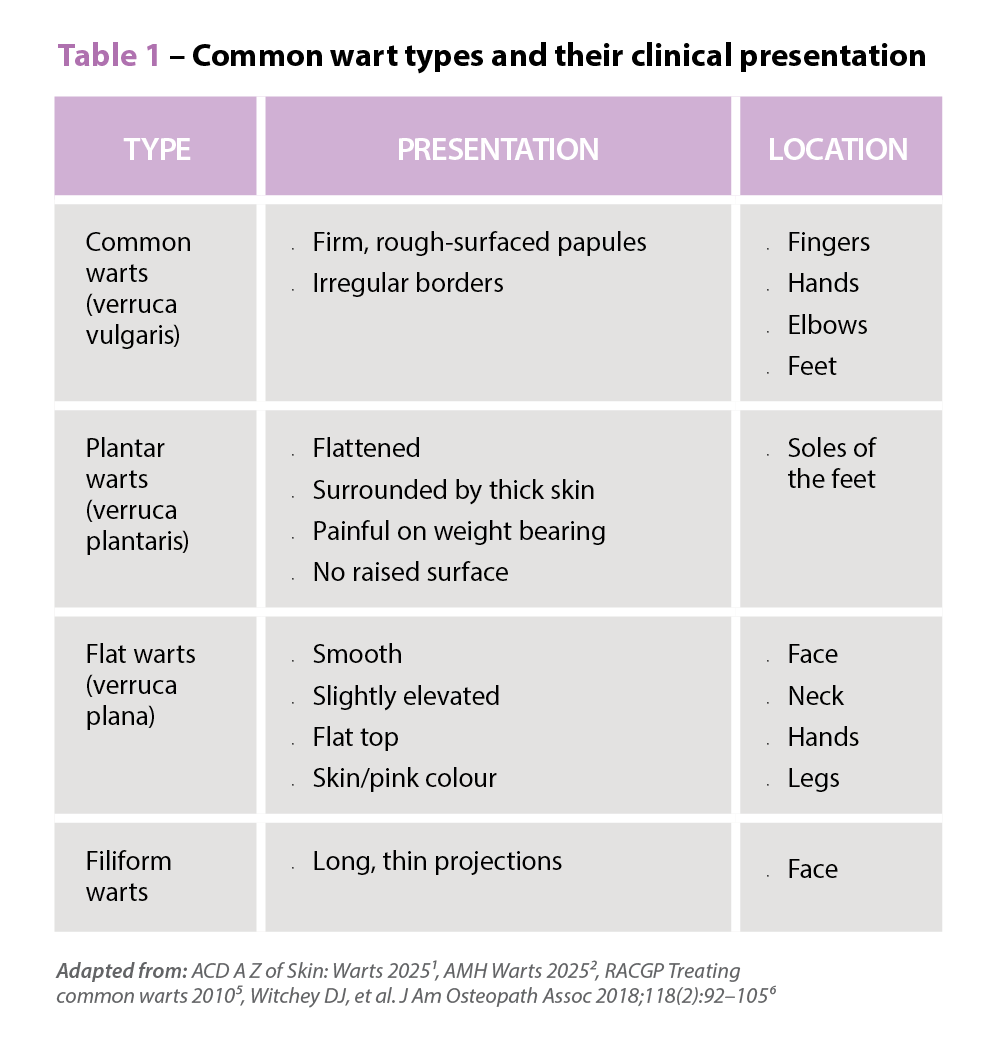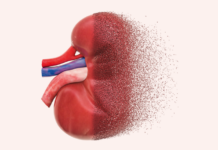Questions about spacers are abundant in community pharmacy. AP answers some of the trickiest ones pharmacists face.
Aren’t spacers just for kids?’ This is a common misconception pharmacists hear. People of all ages should use a spacer whenever they use a pressurised metered dose inhaler (pMDI).1 Spacers slow down aerosol spray, improve lung delivery and reduce oropharyngeal adverse effects like irritation, hoarseness or oral thrush from inhaled corticosteroids (ICS).1,2
They’re also useful for anyone who struggles with coordination or breath timing. When used correctly with a spacer, a pMDI delivers medicine as effectively as a nebuliser, and is often more efficient and convenient.2
Which spacers are better?
Spacers can be made of plastic or cardboard. Collapsible spacers are more compact for the patient to carry. Cardboard spacers fold flat for easy storage. Some spacers have additional features e.g. anti-static spacers improve delivery of active ingredient by preventing medicine from sticking to the walls.4
Some spacers have an inhalation indicator that moves when the patient inhales and whistles if they inhale too fast.4 Spacers with one-way valves stop exhalation into the chamber, helping keep the medicine inside and making delivery more effective.4
Anti-bacterial spacers are embedded with materials e.g. silver ion to inhibit bacteria growth. Choice of spacer depends on age, treatment, budget, dexterity and lifestyle. It should suit the patient, be easy to put together and be compatible with their inhaler.2,3 The Spacers for pMDIs Chart helps identify spacer options. Visit www.nationalasthma.org.au/living-with-asthma/resources/health-professionals/charts
Do all inhalers fit into a spacer?
Not always. Some spacers have a rigid or fixed connection end. Those pMDIs with circular mouthpieces may require spacers with a flexible rubber/silicone opening that can form a seal around the mouthpiece. If in doubt, test the fit in the pharmacy and demonstrate with the patient’s own device.
Which devices don’t need spacers?
Breath-actuated inhalers, such as Accuhaler, Autohaler, Breezhaler, Ellipta, Respimat, Spiromax, and Turbuhaler are not spacer-compatible.5
Who needs to use a mask with a spacer?
A tightly fitting face mask is used for anyone who may find it harder to take a breath in through their mouth or cannot seal their lips tightly around the mouthpiece of an inhaler or spacer.2
What’s the big takeaway?
Spacers aren’t just for kids. For adults, they support technique and mean better medicine delivery with fewer adverse effects. Pharmacists play a key role in helping patients, especially adults, understand why using a spacer with pMDI is recommended.
References
- Lung Foundation Australia. Spacer and puffer inhaler device technique fact sheet. 2025. At: https://lungfoundation.com.au/support-resources/resource-hub/spacer-and-puffer-inhaler-device-technique-fact-sheet/
- National Asthma Council Australia. Spacer use and care fact sheet. 2025. At: www.nationalasthma.org.au/living-with-asthma/resources/patients-carers/factsheets/spacer-use-and-care
- Respiratory Therapeutic Guidelines. Inhalational drug delivery devices Melbourne: Therapeutic Guidelines; 2020 (amended 2025). At: https://app.tg.org.au/viewTopic?etgAccess=true&guidelinePage=Respiratory&topicfile=inhalational-drug-delivery-devices&guidelinename=Respiratory&sectionId=toc_d1e208#toc_d1e208
- National Asthma Council Australia. AeroChamber Plus* Flow-Vu* Spacers for pMDIs Information Paper. 2025. At: www.nationalasthma.org.au/living-with-asthma/resources/health-professionals/information-paper/aerochamber-plus-flow-vu-spacers-pmdi
- Asthma Australia. Devices and Techniques. 2025. At: www.asthma.org.au/devices-techniques/puffer-and-spacer/




 Symptoms
Symptoms
















